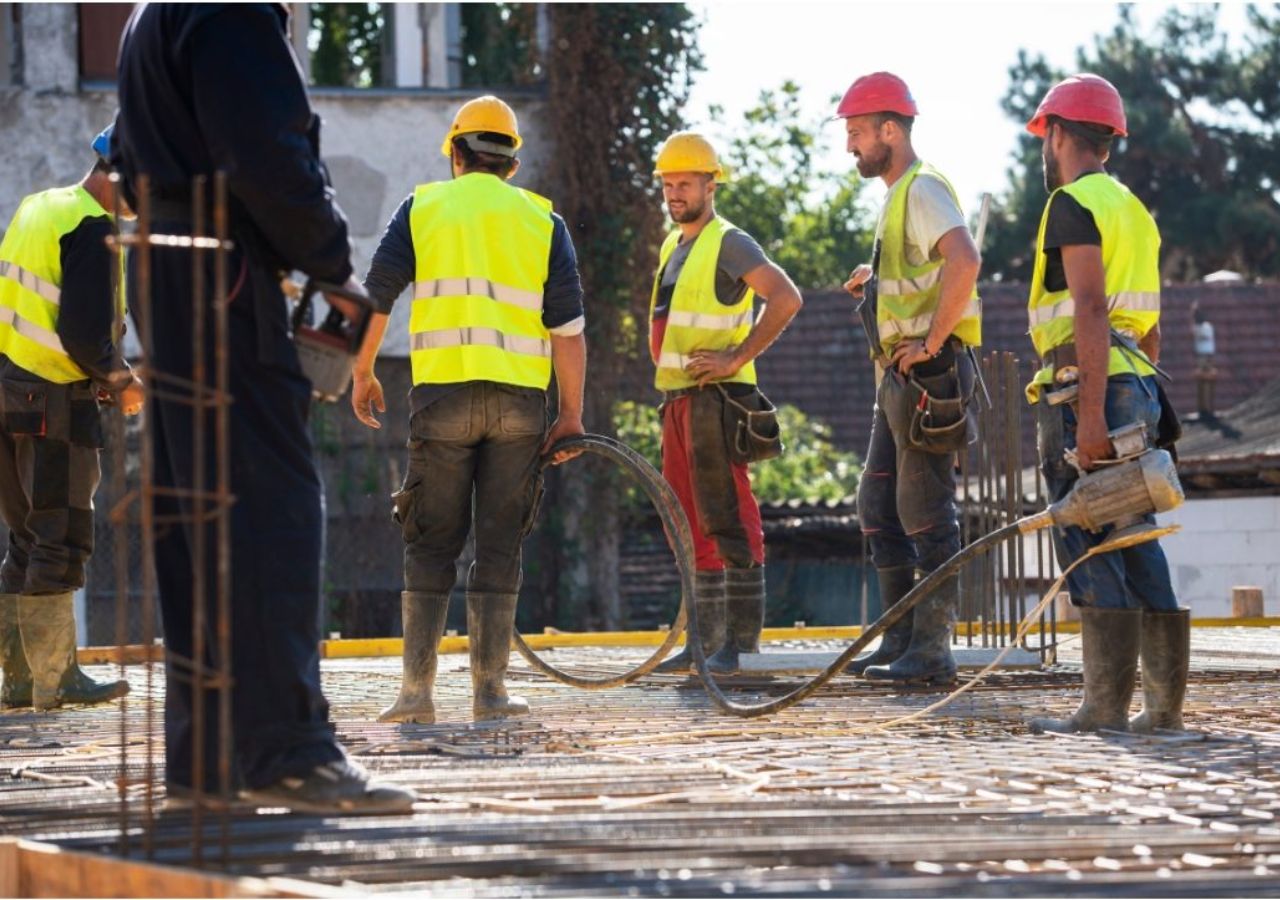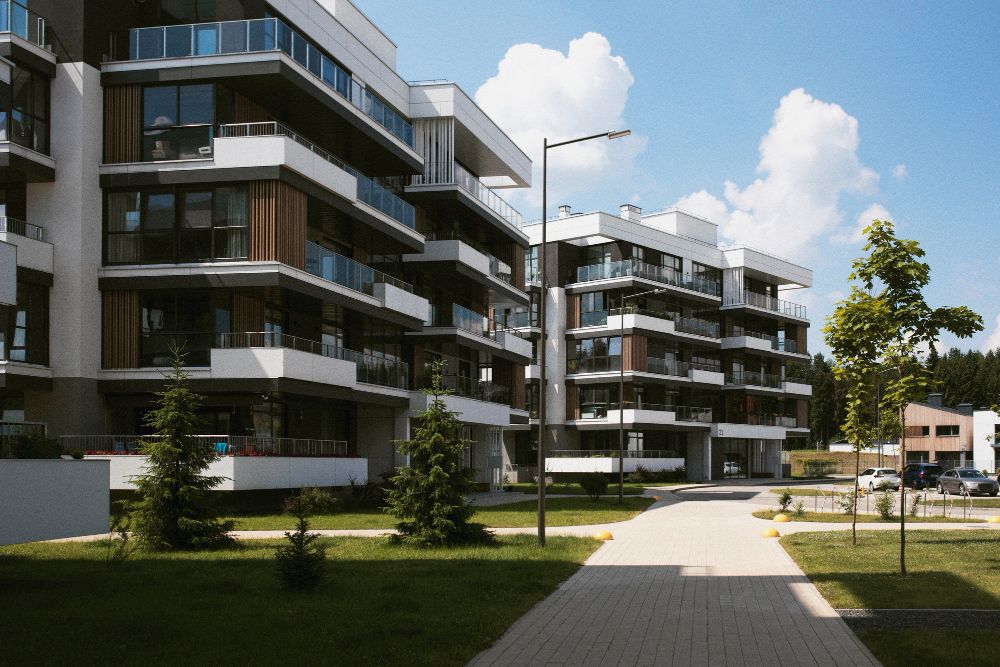The different jobs that exist in Spain have regulations that must guarantee the integrity and health of workers.
The latest annual report of the INSST (National Institute for Safety and Health at Work) states that, in Spain, during the year 2021, 601,123 occupational accidents with sick leave were recorded..
Most of these occurred during the working day, specifically 523,800 accidents, accounting for 87.1%. The remaining 77,323 accidents occurred during the journey from home to the workplace or vice versa; these are known as occupational accidents with sick leave in itinere.
Ensuring proper occupational safety is vital for the smooth running of a company and its employees..
Today we tell you more about safety at work and why it is so important.
What is occupational safety?
Safety at work is the set of techniques and measures that are carried out within the company with the aim of eliminating or reducing the risk of accidents occurring and that a worker may suffer some kind of injury as a result of their work..
In Spain, the main body that regulates the rules and regulations for monitoring and ensuring safety at work is the INSST (National Institute for Safety and Hygiene at Work), a body that depends on the Ministry of Labour.
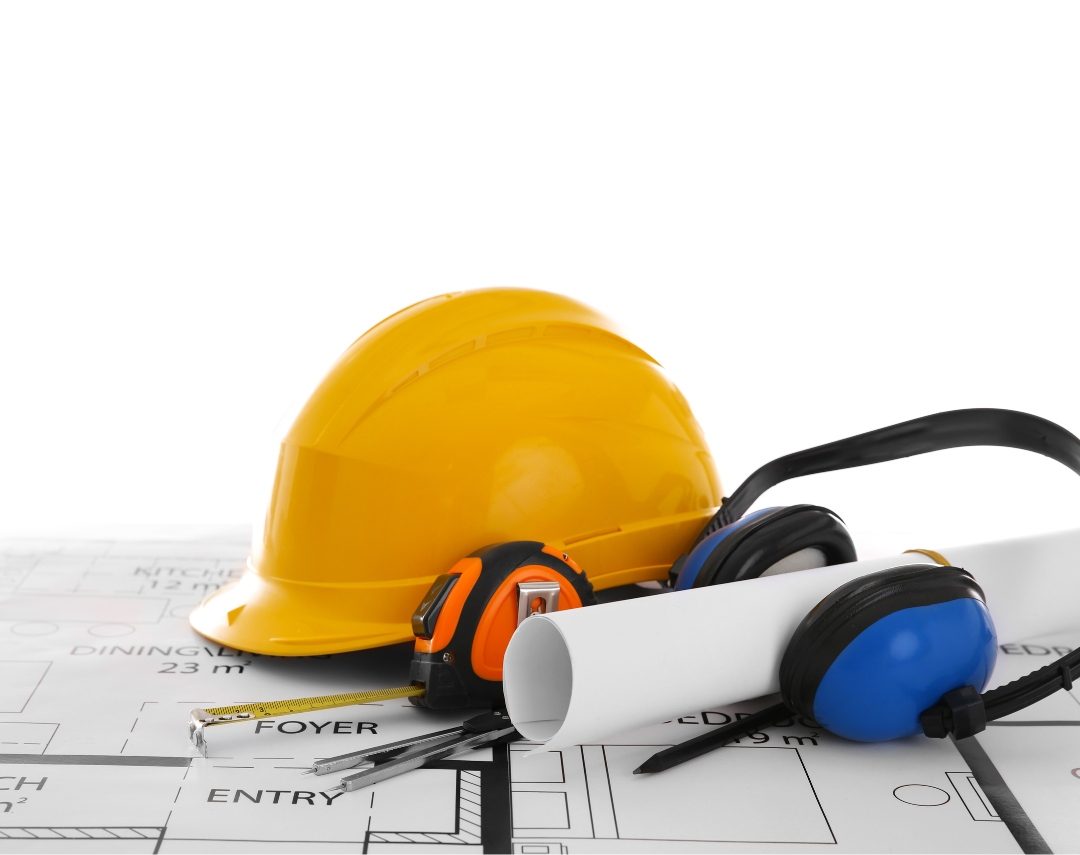
What types of occupational hazards are there?
- Ergonomic risks: these are related to physical risks, as these factors can cause physical damage due to poor posture, heavy lifting or spending many hours repeating the same movement.
- Physical risks: there are different types of physical occupational risks. Hearing damage, vision damage, headaches or muscle pain, for example, can occur. Another factor to take into account that can also cause accidents at work is high or low temperatures and/or humidity.
- Mechanical risks: it is very important to make sure that the machinery we use for work is properly checked. This type of risk can result in accidents such as blows, burns, cuts, crushing… in other words, bodily injuries.
- Chemical risks: illnesses such as allergies or viruses are occupational risks that can be caused by inhalation or absorption in chemical processes and by the environment.
- Psychosocial risks: caused by factors such as stress, fatigue or routine.
- Environmental risks: these are natural risks that we cannot control, such as rain, snow, wind, etc.
Guidelines for proper occupational safety
1- Know your rights and obligations
Knowing the possible risks and the necessary safety and prevention procedures will help you to work in a safer working environment.
2- Identify and communicate possible risks
Knowing the risks will help you to identify them. Once identified, you can implement the appropriate measures to eliminate or reduce them. This includes reporting the risk to the appropriate person.
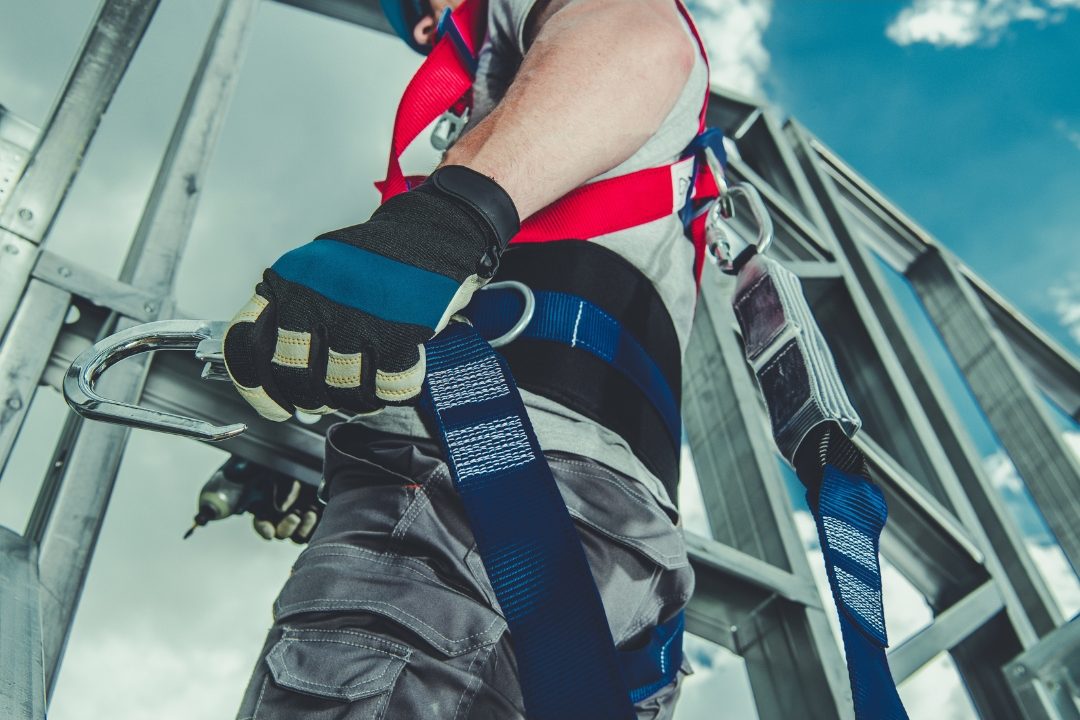
3- Provide guidance and training in occupational safety
Training workers in occupational health and safety is essential to prevent possible risks and accidents during the performance of their professional activity.
4- Having PPE (specific personal protective equipment)
A European regulation lays down the minimum health and safety requirements for the use of specific personal protective equipment by employees at work.
The employer is obliged to provide the appropriate equipment and to ensure that the worker receives the training required for the correct use of the PPE.
5- Supervising the work of workers
One of the most effective ways to ensure the safety of workers is by instructing and supervising their work.
What is PRL and why is it important for safety at work?
PRL stands for prevention of occupational hazards, a discipline that aims to protect the safety and health of employees in their jobs..
The Prevention of Occupational Risks Law understands occupational risks as all the possibilities of workers suffering harm derived from the work they carry out, whether it is an injury, illness or pathology..
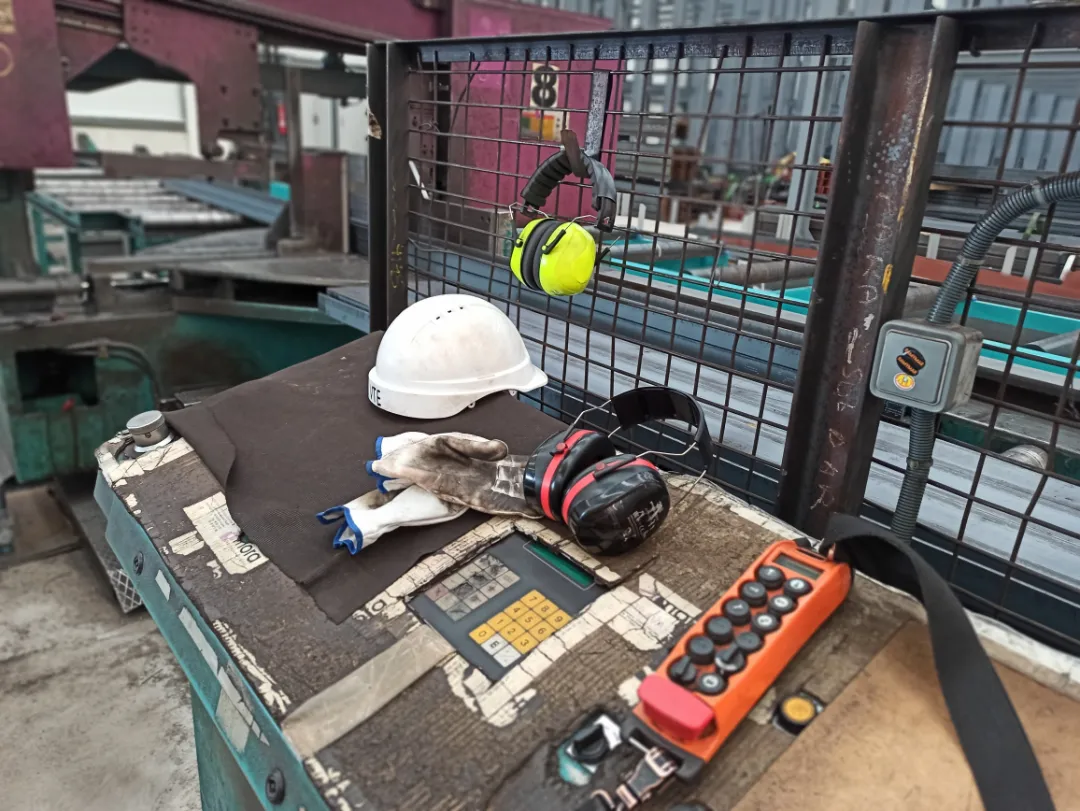
At Altamira Constructora we have an occupational risk prevention plan to ensure the safety of our employees and our clients’ employees..
A document in which we reflect the risks intrinsic to the activity we carry out and the specific measures to prevent them from occurring.
We have a health and safety service where we collaborate in the preparation of risk assessments and the necessary safety plans on site, as well as supporting and acting as a specialised consultant to our own prevention department..
If you want to know more about this service, we explain more on this page:

